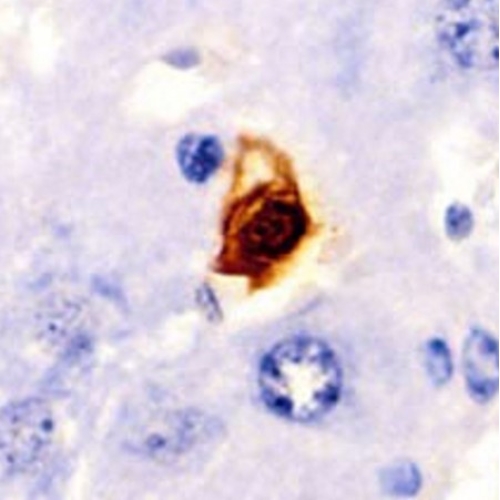Key points from article :
Researchers used AI to identify new senolytics (molecules that destroy senescent cells).
They employed a machine learning model trained on a dataset encompassing 2,523 compounds, including 58 established senolytics.
The model pinpointed 21 potential senolytics, subsequently subjected to rigorous experimental validation.
Among these, three natural products—ginkgetin, oleandrin, and periplocin—demonstrated senolytic capabilities.
Validation extended to human cancer cell lines induced into senescence by etoposide, reaffirming the efficacy of these three compounds.
Notably, oleandrin emerged as the most potent senolytic with no adverse effects on normal cells.
This innovative approach significantly reduced the pool of potential hits by 200-fold, streamlining the discovery process.
Caution was exercised due to the historical toxicity associated with compounds in oleandrin's chemical group.
The authors anticipate that their findings could pave the way for novel treatments targeting age-related diseases.
The research was carried out by Edinburgh Cancer Research, University of Edinburgh and the findings have been published in the journal Nature Communications.








